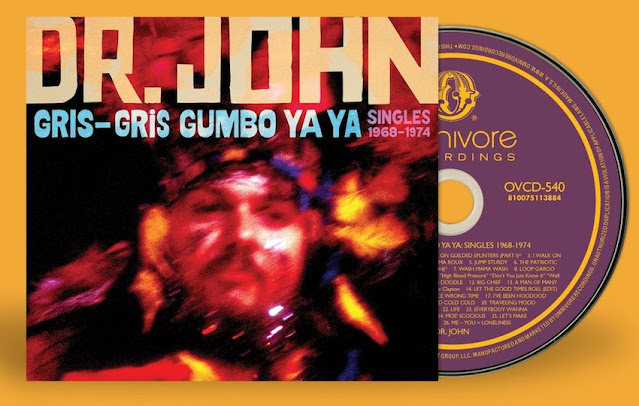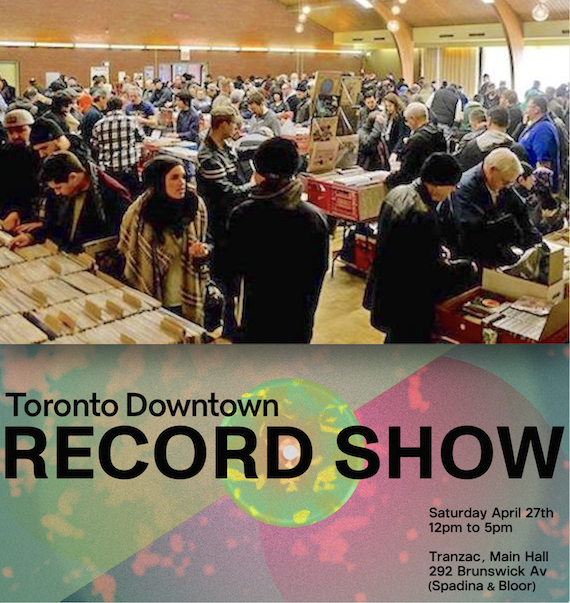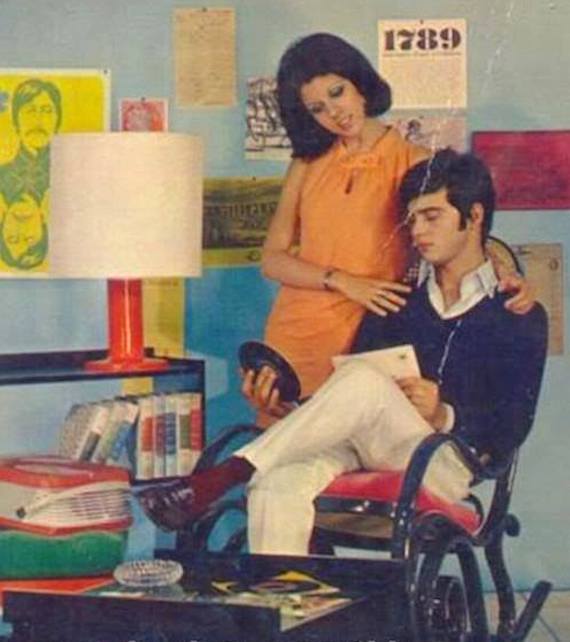 |
| Tuareg guitar shredder Mdou Moctar releases Funeral For Justice via Matador on May 3. Check out the title track and more. |
Here's the scoop...
The songs on ‘Funeral For Justice’ speak unflinchingly to the plight of Niger and of the Tuareg people. “This album is really different for me,” explains Moctar, the band’s singer, namesake, and indisputably iconic guitarist. “Now the problems of terrorist violence are more serious in Africa. When the US and Europe came here, they said they’re going to help us, but what we see is really different. They never help us to find a solution.”
“Mdou Moctar has been a strong anti-colonial band ever since I’ve been a part of it,” says producer and bassist Mikey Coltun, who has been playing with Moctar since 2017. On the lead single and title track, Moctar addresses African leaders directly, bidding them: “Retake control of your countries, rich in resources / Build them and quit sleeping”. The song ‘Sousoume Tamacheq’ deals with the plight of the Tuareg people to which the band belong, and who are mainly spread across three countries: Niger, Mali and Algeria.” Oppressed in all three / In addition to lack of unity, ignorance is the third issue.”
Mdou Moctar in its current iteration is first and foremost a band. Alongside Moctar, it consists of rhythm guitarist Ahmoudou Madassane, drummer Souleymane Ibrahim, and American bassist and producer Mikey Coltun. The band got their start performing at traditional weddings. These are high energy events – amps are dialed to 11 and the whole town is invited to attend. Their first concerts in the US were sometimes, mistakenly, organized to be tame seated affairs. That’s no longer the case. Over 100s of shows, they’ve proven themselves as one of the world’s most vital rock bands – a group rooted in Tuareg tradition, but undeniably its own singular organism. An Mdou Moctar concert is now recognized to be a place for dancing, if not full-force moshing. Get a copy from Matador right here.
Mdou Moctar – Funeral For Justice
Funeral for Justice
Imouhar
Takoba
Sousoume
Imagerhan
Tchinta
Djallo #1
Oh France
Modern Slaves





















